Parents often wonder what’s best for their toddler’s feet: barefoot or shoes? It’s a question that’s been talked about more than ever, especially as research sheds light on how each choice affects a child’s posture, walking, and overall foot health.
What Medical Research Tells Us
Studies on toddlers who habitually go barefoot or wear shoes from their first steps show important differences in foot structure and walking styles. Toddlers who walk barefoot or wear barefoot-style shoes tend to have a higher arch in their feet and a smaller foot progression angle (how much the foot points outward while walking). This means their feet develop closer to a natural shape and function, which is considered healthier.
On the other hand, toddlers wearing conventional shoes often show signs of a lower arch and different walking patterns. There’s evidence that wearing regular shoes too early might contribute to flatter feet or foot pronation, a tendency for the foot to roll inward.
Barefoot shoes, which are lightweight, flexible, have toe space, and no heavy cushioning, mimic the barefoot experience while offering some protection. Research suggests that these shoes support foot development better than conventional shoes that are stiff and narrow.
How Does This Affect Posture and Movement?
Feet are our body’s foundation. When feet develop well, they support good posture and balance. Barefoot or barefoot-style walking helps children use muscles in their feet and legs more effectively. It improves balance and coordination because the feet get more sensory feedback from the ground. This sensory input helps the brain understand position and move the body safely.
Shoes that are bulky or tight may limit this feedback, leading to weaker muscles and altered walking. However, this doesn’t mean all shoes are bad, just that how and when children wear shoes matters.
Understanding Both Sides
Barefoot advocates say letting toddlers walk barefoot or with barefoot shoes encourages natural development and reduces foot problems later in life. They emphasize unshod time indoors or in safe play areas.
Shoe advocates stress the importance of protecting children’s feet from injuries, dirt, and cold, especially outdoors. Shoes also provide support for children with specific foot issues who might need extra stability.
Both agree that comfort and safety are priorities. The question is finding the right balance: protecting little feet while allowing them to grow strong naturally.
Practical Tips for Parents in Real Life
Walking barefoot everywhere may not always be possible or safe, especially in busy urban neighborhoods. Here are tips that work in typical child-involved households:
- Use Barefoot Shoes or Flexible Footwear: Consider shoes that are light, flexible, have wide toe boxes, and minimal cushioning to mimic barefoot conditions while protecting feet outdoors.
- Allow Barefoot Time at Home: Let your toddler walk barefoot inside the house or in safe, clean play areas to strengthen foot muscles naturally.
- Choose Shoes Based on Activity and Weather: Use soft-soled shoes for early walkers, switching to more supportive shoes only when necessary, like on rough terrain or cold days.
- Watch for Signs of Discomfort: If your child seems uncomfortable or develops foot pain, consult a pediatrician or podiatrist about proper footwear.
- Avoid Stiff, Narrow, or Heavy Shoes: These can restrict foot motion and may negatively affect natural foot development.
- Create Safe, Clean Spaces for Barefoot Play: Whether indoors or outdoors, having safe spaces encourages barefoot exploration.
- Follow Your Child’s Lead: Some children prefer barefoot, some don’t. Respect their comfort while keeping safety in mind.
Conclusion
The research supports the idea that feet develop best when given room to move freely with plenty of sensory feedback. Introducing barefoot time combined with carefully chosen shoes offers a practical, balanced way to support toddlers’ healthy foot development.
Remember, shoes are protection, but barefoot time builds strength. Both can work hand in hand to help your child develop good posture, balance, and strong feet for happy, active play.
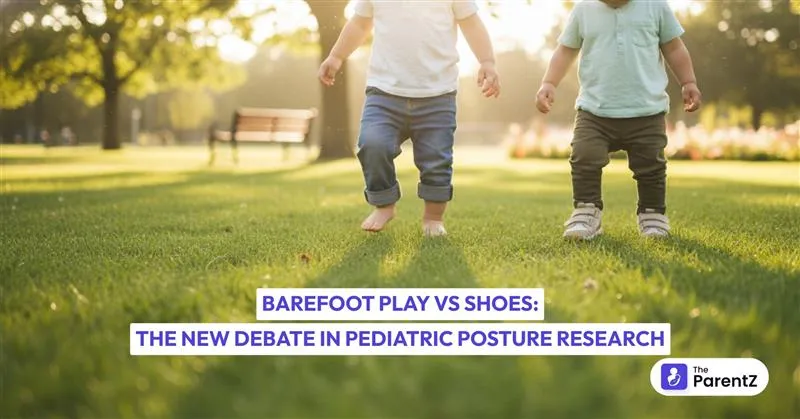

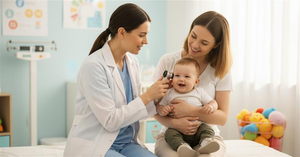
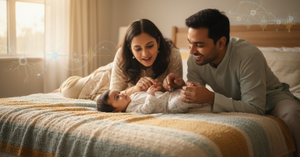
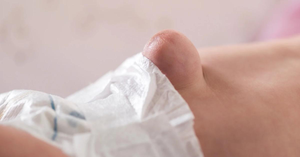

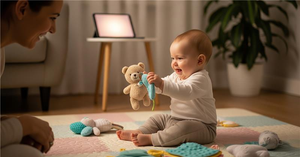

Be the first one to comment on this story.